Who Should Read This Book?
I believe that design is how we change the world. Designers are incredibly optimistic peoplebelieving that they can, absolutely, change the world for the better. However, even without a design background or education, it doesnt mean you dont or cant make change in the worldand change for the better.
This book was written for the designer in all of us. While it is primarily targeted at those who call themselves designers, it doesnt use any design jargon and is just as helpful to engineers, managers, students, and anyone who wants to build a better, more sustainable world. Whether you are involved with the creation of products, services, online experiences, events, environments, or mechanisms that drive systems (like the economy), understanding sustainability issues, frameworks, and strategies can help you create better solutions.
This book wont make you an expertonly experience and time can do that. However, its designed to help you get acquainted quickly with state-of-the-art methods in the sustainability domains and to put you far out in front of most of your peers.
Whats in This Book?
This book is a summary of what I feel are the most important approaches and aspects of sustainable design. It doesnt cover everything and it only goes into so much depth. However, it should serve not only as a good introduction, but also help people put sustainable design practices into their work, no matter what they do. It is also filled with a number of references and resources that will serve as great next steps as readers decide to explore more.
This book is organized into five main sections: Reduce, Reuse, Recycle, Restore, and Process.
These sections contain 15 chapters filled with advice and examples for making better strategies regarding sustainable solutions.
Section 1: Reduce
This section, Reduce, focuses on the strategies for reducing material and energy impacts. It is the first place to start in designing or redesigning anything because reducing these impacts is imperative.
Section 2: Reuse
The two chapters in this section focus on strategies for making solutions (products, services, environments, or mechanisms) last longer and finding other uses when finished.
Section 3: Recycle
Just because something is recyclable, that doesnt mean its actually recycled. There are several strategies for developing products to be more easily recycled that both reclaim as much residual value as possible and prevent virgin materials from needlessly being used.
Section 4: Restore
Developing a more sustainable product or service is important, but its often not enough. Aside from reducing the impact our activities have on the future, we have a lot of work left in order to correct for the impacts weve had in the past. This section describes how we need to rethink systems in order to have positive results, rather than merely reducing our negative results.
Section 5: Process
Once we have an understanding of the strategies we can use, we need to understand how to put them into the processes we utilize every day. These three chapters describe how easily sustainability can be inserted into processes we already use, how to measure our results, and how to talk to other people about them.
What Comes with This Book?
This books companion Web site (  rosenfeldmedia.com/books/sustainable-design/ ) contains pointers to useful sustainable design resources that Ive found and written. It includes a calendar of my upcoming talks and a place for you to engage in discussion with others who are interested in sustainable design. We expect to post information on new sustainable design-related resources and special discounts for related applications as they become available. You can keep up with the site by subscribing to its RSS feed (
rosenfeldmedia.com/books/sustainable-design/ ) contains pointers to useful sustainable design resources that Ive found and written. It includes a calendar of my upcoming talks and a place for you to engage in discussion with others who are interested in sustainable design. We expect to post information on new sustainable design-related resources and special discounts for related applications as they become available. You can keep up with the site by subscribing to its RSS feed (  feeds.rosenfeldmedia.com/sustainable-design/ ).
feeds.rosenfeldmedia.com/sustainable-design/ ).
Weve also made the books diagrams, screenshots, and other illustrations available under a Creative Commons license for you to download and use in your own presentations. Unfortunately, these dont include certain images weve only received permission to print for copyright reasons (such as the photos of cars or other examples). Youll find the books original illustrations and diagrams in Flickr (  www.flickr.com/photos/rosenfeldmedia ).
www.flickr.com/photos/rosenfeldmedia ).
Why a Book and Not Just a PDF?
Any book about sustainability runs the risk of not practicing what it preaches. Its a fair question to ask why this information is in a book at allwhy it requires paper, printing, binding, and transporting to be effective. Why cant it be distributed and consumed electronically? The answer is that it could. In fact, it is. This book is available as a downloadable PDF file from  rosenfeldmedia.com .
rosenfeldmedia.com .
Why then a book as well? The answer is simple. In order to be effective, information must fit the needs of its audience. Paper is still so satisfying to most peopleand especially designerswho prefer to purchase and read a book. Often, its more tangible, and the material seems more real.
In addition, many readers still value physical products more than virtual ones. We still expect virtual products to be free (or mostly so) and physical products to cost something. Although the value of the information contained in both is the same, we value each medium differently in both economic and emotional terms. With the actual printed book, you can dog-ear it, write notes, and highlight passages. However, you can store the digital edition easily on your hard drive and keep it with you everywhere you go, use search and backup features, and share it (but please dont go crazy or my publisher wont ask me to write many more books). People can grab a book off a bookshelf, instead of looking for the PDF on a backup drive two years from now.
The sales of each edition will give us valuable data as to how willing people are to embrace fully-digital publishing and how viable it might be to publish without paper in the future. Perhaps our preferences will shift and books will primarily be electronic fairly soon. This would certainly improve their environmental impact.

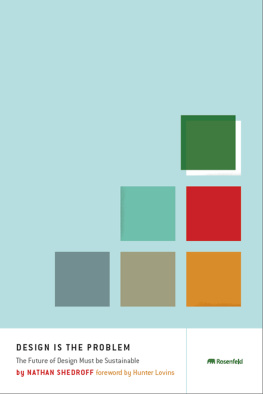


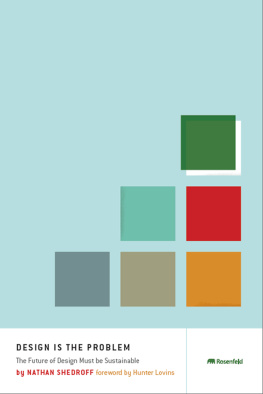
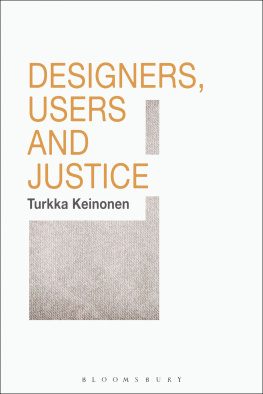
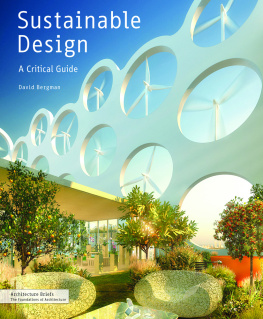
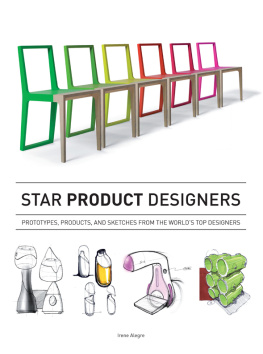

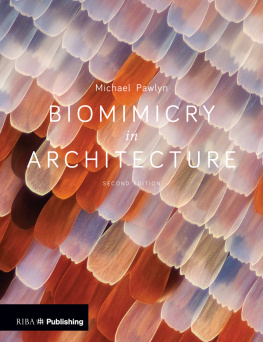

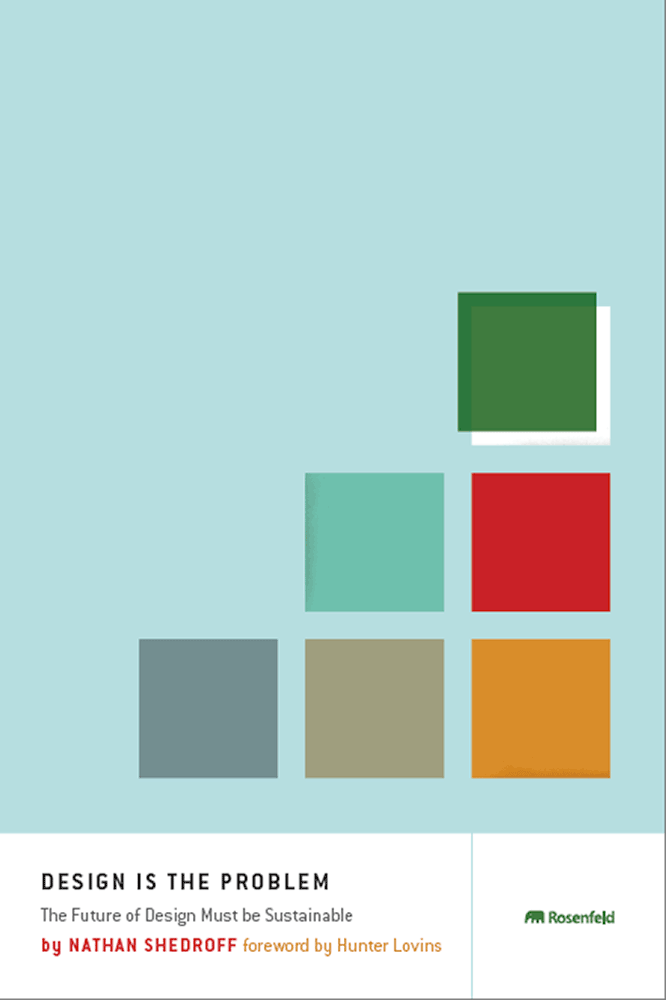
 rosenfeldmedia.com/books/sustainable-design/ ) contains pointers to useful sustainable design resources that Ive found and written. It includes a calendar of my upcoming talks and a place for you to engage in discussion with others who are interested in sustainable design. We expect to post information on new sustainable design-related resources and special discounts for related applications as they become available. You can keep up with the site by subscribing to its RSS feed (
rosenfeldmedia.com/books/sustainable-design/ ) contains pointers to useful sustainable design resources that Ive found and written. It includes a calendar of my upcoming talks and a place for you to engage in discussion with others who are interested in sustainable design. We expect to post information on new sustainable design-related resources and special discounts for related applications as they become available. You can keep up with the site by subscribing to its RSS feed (